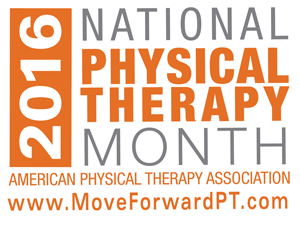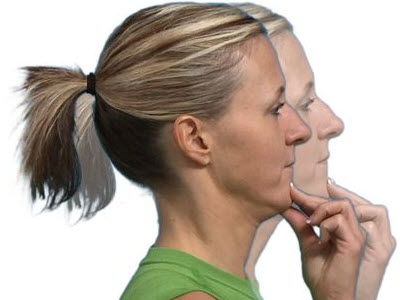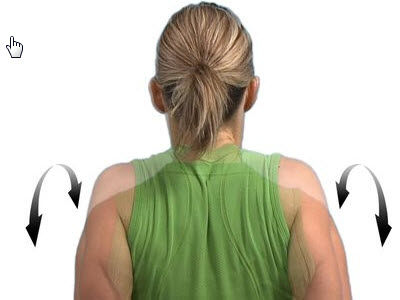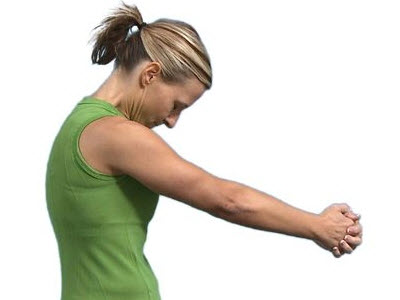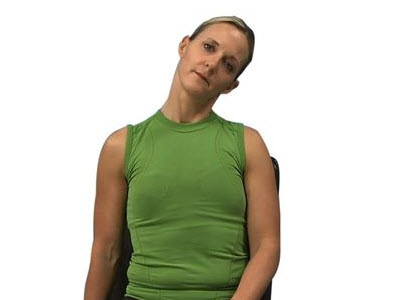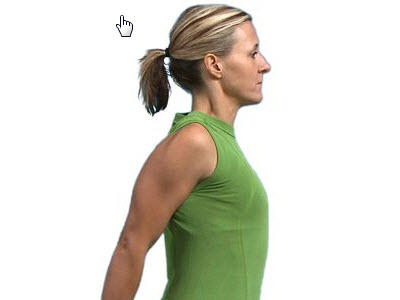November is National Diabetes Month and we are joining in to help promote awareness and prevent the disability this disease can cause. One of the complications of diabetes is the loss of a limb, and in this case, especially, an ounce of prevention is worth a pound of cure. This month we share our top three tips for keeping diabetic feet healthy. Watch our video here.
Recipe of the Month
For many of us, Thanksgiving dinner is the gateway meal into a very sweet and rich holiday season of eating. For diabetics this is not to be taken lightly…or rather, the meal should be taken lightly and with less sugar too.
The people at the American Diabetes Association know this can be challenging and they put together a Thanksgiving survival guide to help. You won’t feel a bit deprived with their recipes for Sweet Potato Fries, Broccoli Almondine, and Herb-Roasted Turkey. Get their recipes, tips and tricks here.
Educational Resource
As physical therapists, we see a lot of patients who suffer from the complications of diabetes, including stroke, reduced muscle strength and endurance, and limb amputation. We also help a lot of people prevent these problems through strength and endurance training, shoe and orthotic evaluation, wound care, and education. Find out more about how a physical therapist can help if you suffer from diabetes in this guide from the American Physical Therapy Association (APTA).
APTA: Physical Therapists Guide to Diabetes
If You have Questions About Your Screening – Ask Your Doctor
Holiday Meal Planning
Holidays can be a time of great anxiety for people with diabetes because it is so focused on food.
- Think About the Timing of Your Meal
- Be Physically Active
- Try Healthier Versions of Your Favorite Holiday Foods
- Nibble
- Be Selective
- Eat Smaller Portions
- Eat Your Vegetables
For more information about meal planning, visit here.

